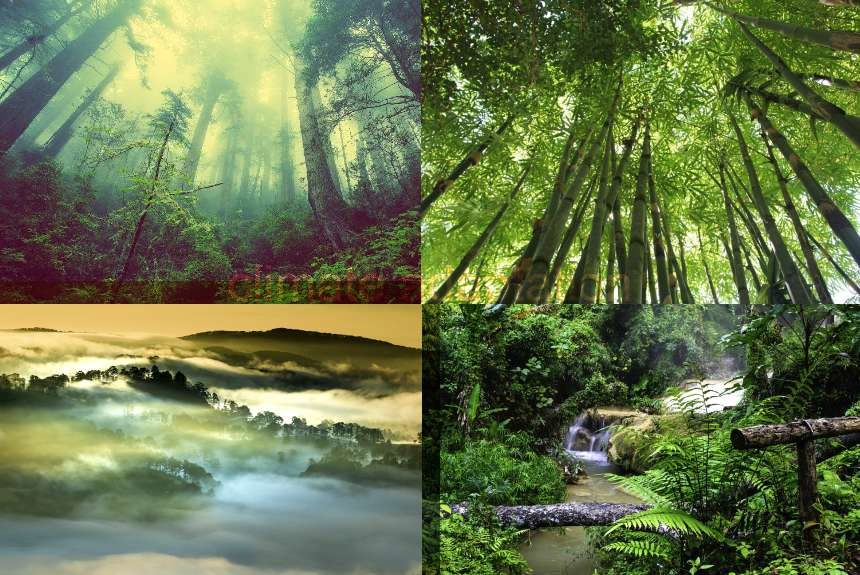Experts on forestry and climate change in the Asia Pacific gathered to study the impacts of climate change and forest adaptation. The study gauged their perspectives on the effects of climate change and the challenges that the forestry sector faces in its adaptation efforts. The experts also provided recommendations on forest adaptation.
The scope of the study covers the five Asia-Pacific sub-regions: North America, East Asia, Oceania, South Asia, and Southeast Asia. The regions have different climates ranging from the tundra in the north to the tropics and subtropics towards the south and southeast Asia. It also covers various types of forests, including boreal, temperate rainforest, and deciduous forests.
The study asked the following questions: (i) What are the main impacts of climate change in the Asia-pacific regions, (ii) what climate change-related actions/policies are available, (iii) what are the challenges of adapting forestry to climate change, and (iv) how can current actions to adapt forestry to climate change be improved.
The answers to these research questions vary in each subregion, which the paper discussed thoroughly. These are some of the highlights:
- Agriculture, forestry, and fisheries are ranked as the top three sectors most affected by climate change.
- Drought/forest fire and biodiversity change are considered significant climate change impacts in Oceania, Southeast Asia, and East Asia. Pest outbreaks and disease spread are the most frequently indicated climate change impacts in North America, followed by East Asia and Oceania.
- Respondents from all subregions said that climate initiatives and policies are in place to address climate change. However, Oceania and North America show low satisfaction with their climate initiatives and policies, but in general, all subregions are somewhat satisfied with their forestry initiatives.
- In most subregions, the greatest challenge in forestry adaptation is the lack of public awareness and scientific guidance, particularly in understanding the predicted climate change scenario that applies to the local area. In North America and Oceania, the lack of action plans and legislation is also perceived to be a challenge to forestry adaptation.
- Most subregions expressed uncertainty with the availability of climate change models and their suitability in forest management planning.
Overall, the study shows that climate change impacts differ in each region, and thus, adaptation strategies and policies should be appropriated and contextualised for each area. The study also revealed that Asia-Pacific has low accessibility to technology and information, which constrains its capacity to adapt to climate change.
The study’s information should be helpful to organizations offering support and resources to the Asia-Pacific region in its climate adaptation efforts.
Before these regions can start climate change adaptation, they first need to understand the science behind it and its impacts on their forestry, economy, and other sectors. They would also require the technology, information, and resources to adapt to climate change effectively.
To read the entire study, please click on the link below:
Source:
Wang, G., Mang, S.L., Riehl, B. et al. Climate change impacts and forest adaptation in the Asia–Pacific region: from regional experts’ perspectives. J. For. Res. 30, 277–293 (2019). https://doi.org/10.1007/s11676-018-0827-y



Leave a Reply